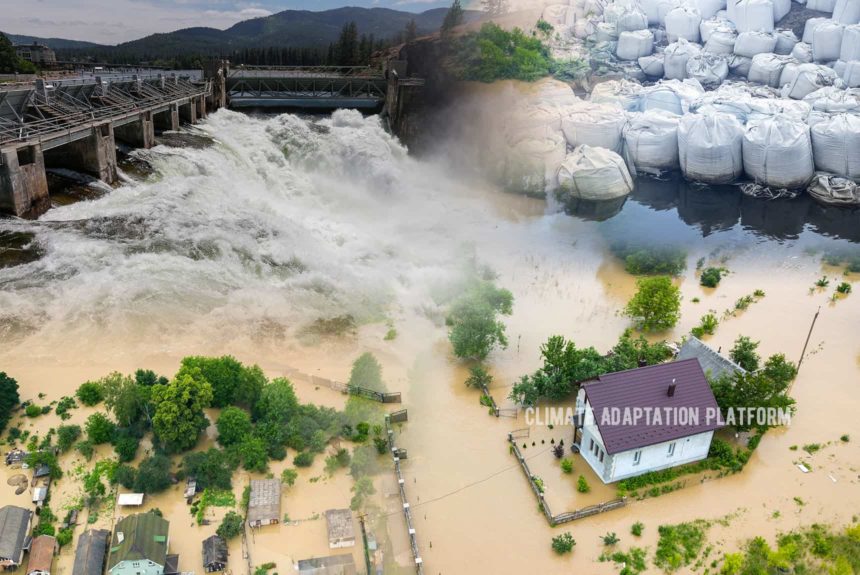Flooding events are becoming more common and getting more severe around the world.
While scientists believe that climate change influences the severity of rainfall and the subsequent flooding, the impacts of flood – deaths, property and infrastructure damage, and loss of livelihoods, result from human activities.
Urbanisation increases surface runoff, particularly the extensive paving of surfaces and deforestation. Paved surfaces make the ground less porous, thus preventing water from seeping through the soil.
On the other hand, deforestation is linked to flooding for several reasons. Trees prevent sediment runoff, and forests hold and use more water than farms or grasslands.
A portion of rainwater stays on the leaves or evaporates into the atmosphere. The more water the watershed retains, the lesser the runoff.
Leaves reduce the rain’s impact on soils, preventing erosion. And lastly, trees prevent sediments from washing down the river, which can shrink the channels and cause water to overflow its banks.
Today’s prevention of floods would usually involve grey infrastructure or artificial structures such as dams, levees, and pumps but these solutions are expensive and energy-intensive.
Alternatively, nature-based solutions (NBS) use natural infrastructures like tree planting, wetland and peatland restorations, and soil conversation approaches, which trap water underground rather than flow to the rivers or on surfaces.
Nature-based solutions also have added benefits like carbon sequestration, which supports climate mitigation, protects biodiversity, and increases recreational opportunities.
NTU’s article, “Nature-based solutions for flood risk reduction: A probabilistic modelling framework”, shares how nature-based solutions can become a mainstream solution to mitigate flooding events through a probabilistic risk analysis framework.
A team of scientists from Nanyang Technological University’s Asian School of the Environment designed the framework to quantify NBS’s effectiveness in preventing flooding.
The article says that studies tended to focus on more significant storms or those with a high return period like 100- or 500-year storm or rain events, which are more intense and have higher impacts in terms of damages or losses.
But studying high-return events will undermine the benefits of nature-based flood solutions because it will not reflect the “cumulative impacts of deforestation on flood volume, flood extent and flood-related losses” resulting from smaller frequent storm events than infrequent yet stronger storms”.
The framework also demonstrates how small changes in peak river discharges (from frequent small storms) could intensify impacts and losses by simulating the effects of deforestation.
As floods increase worldwide, the framework, with its ability to quantify the benefits of nature-based solutions, can become a mainstream flood mitigation solution. Poor and developing communities could benefit from NBS’s lower cost and its ability to sequester carbon from the atmosphere.
Read more about the probabilistic risk analysis framework and how it can boost the adoption of nature-based solutions by clicking on the link provided in the “Source” below.
Source:
Lim, N. (2022, March 30). Nature-based solutions for flood risk reduction: A probabilistic modelling framework. Science @ NTU. Retrieved from https://blogs.ntu.edu.sg/science/2022/03/30/nature-based-solutions-for-flood-risk-reduction-a-probabilistic-modelling-framework/



Leave a Reply